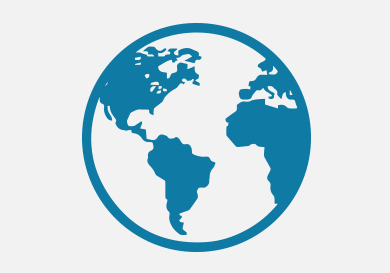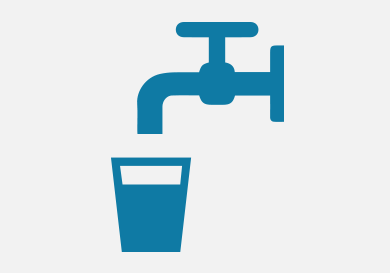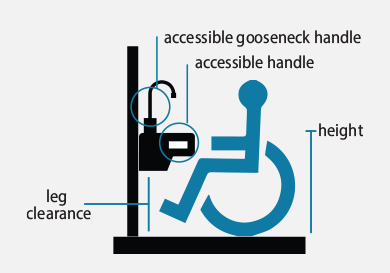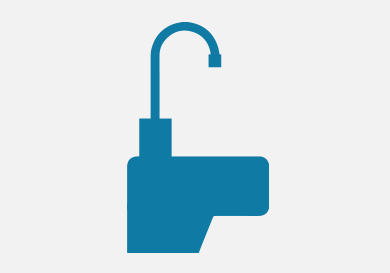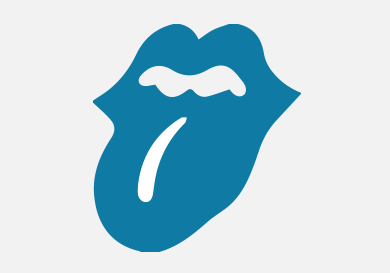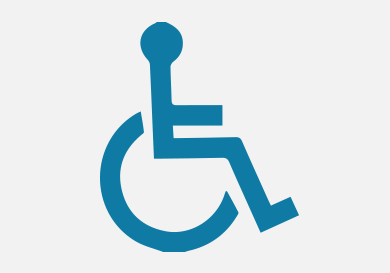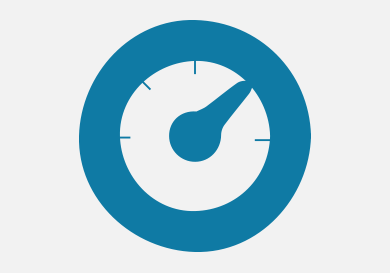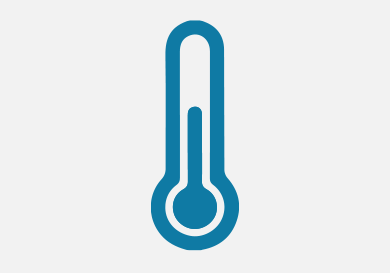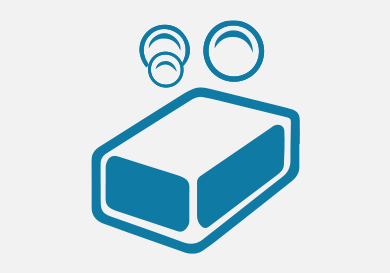This year’s survey was conducted by a trained employee. Every indoor and outdoor water fountain was surveyed at the University of Ottawa. Fountains located in restricted areas and construction zones were not surveyed and listed as “unknown”. The information was collected for the following criteria: taste, accessibility, gooseneck, cleanliness, temperature, and pressure. The data collected was analyzed and compared to previous years.
The total number of fountains on campus has grown by 46% since the University began to transition to a bottled water free campus.
Water filling stations
There are a number of new water filling stations on campus that record the number of disposable plastic bottles avoided. Next year’s report will start recording this number to help track the popularity of the fountains.


